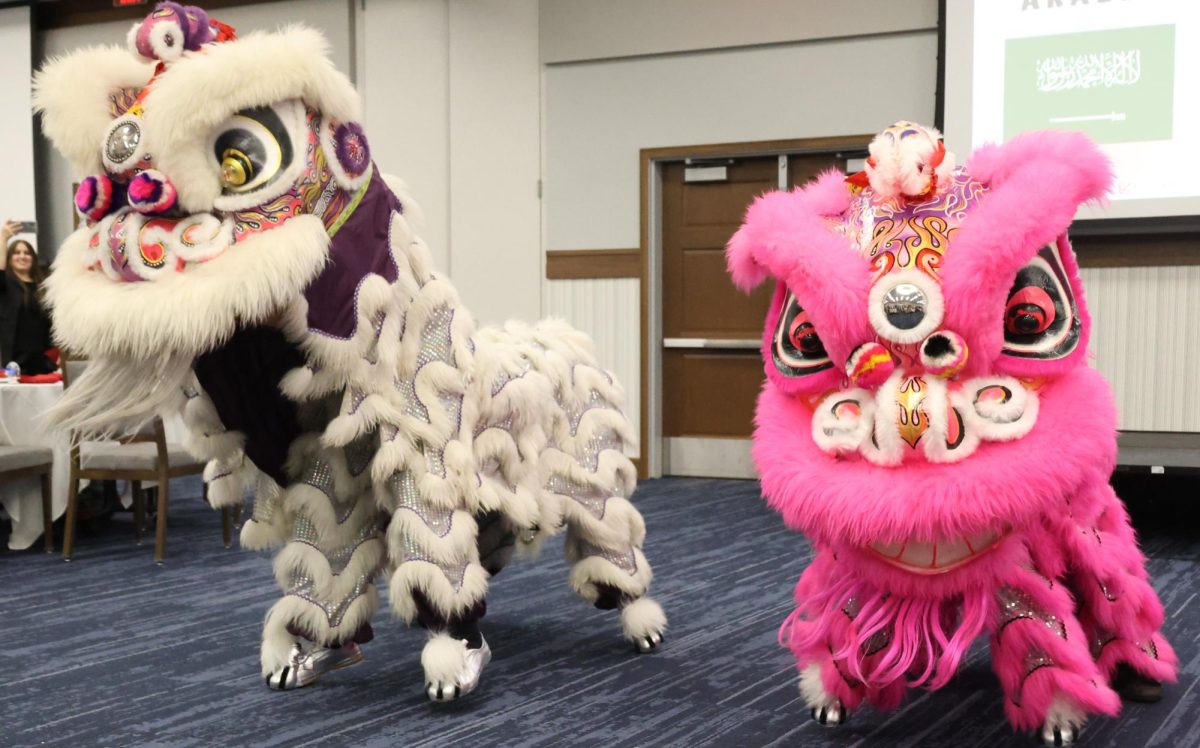It all started because I wanted fresh basil for my pasta.
Looking online, I discovered numerous advertisements for sleek, futuristic hydroponic planting systems that promised easy setup and bountiful harvests with minimal effort. I placed my order, and when it was delivered, the package was so heavy, I thought I had mistakenly purchased a small car.
Opening the box, I found the planter, tubes, grow lights, small bags full of strange objects and thankfully an instruction manual complete with photos. The hydroponic planter had more buttons than my TV remote, but I was determined to turn my culinary dreams into reality. And, after a few hours of what I can only describe as mechanical warfare, the planter was assembled.
Choosing my herbs to plant was like drafting players for a fantasy football team, except with more basil and less beer. I planted them with care, knowing full well that I had killed every houseplant I’ve ever owned.
Then, the waiting began.
I learned that growing herbs in a hydroponic garden involves a lot of watching and waiting. It might be comparable to becoming a proud parent, but your kids are basil and parsley. Instead of first words, you are waiting for first sprouts. I found myself having conversations with the seed pods, encouraging them to grow.
Then, after about two weeks of long talks with my seedlings, a miracle unfolded. Sprouts were peaking their little green heads out of my pods. My neighbors probably thought I had won the lottery, as I jumped and screamed with excitement.
The sprouts soon grew to stalks and the fresh smell of basil filled the air of my little apartment. My first harvest was thrilling. I tore the fresh leaves and spread them over my dinner, marveling at my new skill as an urban gardener.
Honestly, I haven’t found anything more rewarding than eating food you’ve grown yourself. Each bite is a reminder of the journey: the setup battles, the failures and the whispering to a machine knowing it cannot hear or understand. I had braved the elements and came out with edible proof.
When friends visited, I was proud to top my freshly cooked dishes with a sprig of fresh parsley and make cocktails with fresh basil. I was surprised to learn that some of my friends had been on the hydroponic train for years.
One friend, Ainsley Koldyke, said she had a hydroponic system.
“I grew up watching my mother grow herbs hydroponically. A hydroponic garden was one of the first purchases for my apartment. It came before my mattress arrived,” she said.
Koldyke spent her childhood in Asia and loves to cook Asian food. Her dishes require special herbs, some which are difficult to find in typical grocery stores.
“I can grow whatever I need, and it is so fresh and much cheaper than sourcing herbs from specialty food stores,” she said.
I also discovered older generations were using hydroponics gardens. Eighty-five-year-old Peggy Whitaker grew up on a farm and loved to grow vegetables in her backyard. It was a way to connect to her roots and her love for nature. However, as the years went by, the physical demands of gardening became a challenge. Age and back pain made it difficult for her to bend over to tend to her plants.
The solution came from a thoughtful gift of an Idoo hydroponic garden system from her grandchildren. This allowed her to continue gardening in a different form. The simplicity and efficiency of the hydroponic system were perfect for her needs, allowing her to cultivate her favorite greens without the physical strain. The gift broadened her horizons beyond gardening.
“I can control everything from my iPhone, not only have I learned about hydroponic gardening, but I have also learned about using my iPhone technology and installing apps,” Whitaker said.
Whitaker uses her hydroponic system to grow lettuce and small plants which she transfers to her flowerpots.
“I have taken mine to a different level; I plant seeds and transfer the small sprouts to my flower pots,” said Whitaker.
This method allows her to blend this new gardening practice and still enjoy her enthusiasm for gardening.
Speaking to Koldyke and Whitaker, I realized that hydroponic gardening was more than just a way to grow food; it was a way to connect with others to share knowledge and experiences. I also felt like an outlier and wondered why so many people discovered hydroponics before me.
Visiting the World of Organics Garden Supply in Plano, Texas. I was amazed at the possibilities of hydroponic gardening. The store has compact hydroponic systems that fit into smaller spaces, such as countertops, balconies, or corners of a room, which often come with integrated LED lighting, automated nutrient delivery, water recycling, and, like Whitaker’s, some can be controlled using smartphone apps. These features simplify the management of the garden, making hydroponics more accessible to beginners.
World of Organics also has large scale systems, nutrients, and a horticulturalist for assistance. Cory Bollin, the horticulturist, has been in the business for 14 years and said customers vary but many are health- or cost-conscious.
“I find the younger clients are gardening with hydroponics as a hobby or education to learn more about it,” he said. “My older clients want more organic options for health concerns.”
With Bollin’s expertise and the vast inventory at World of Organics, customers can put together systems unique to their needs.
“When people move from small systems to upscaled systems, we call this breaking out,” said Bollin.
Growing food hydroponically is a viable option for the environment and sustainability. According to Bollin, Hydroponic systems can grow four times the number of crops and require 90% less water as opposed to crops grown in soil. Hydroponics is a game changer, as agriculture production is 70% of the world’s water usage. And, because these systems are indoors, there is no effect of the weather and crops can be grown year-round without pesticides.
“It is sustainable and a way to grow healthy food without heavy metals or fertilizers. Large scale growing systems can be used to produce food for a growing population,” Bollin said.
By no means will my countertop system feed the world, but the idea of growing agriculture in a controlled environment has limitless possibilities.
Who knew that a quest for the perfect basil garnish would lead me here? As I sit back, surrounded by my leafy companions, I can’t help but laugh at the thought that it all started with a desire for better pasta. Little did I know, I was planting the seeds for a greener future, one sprout at a time.















